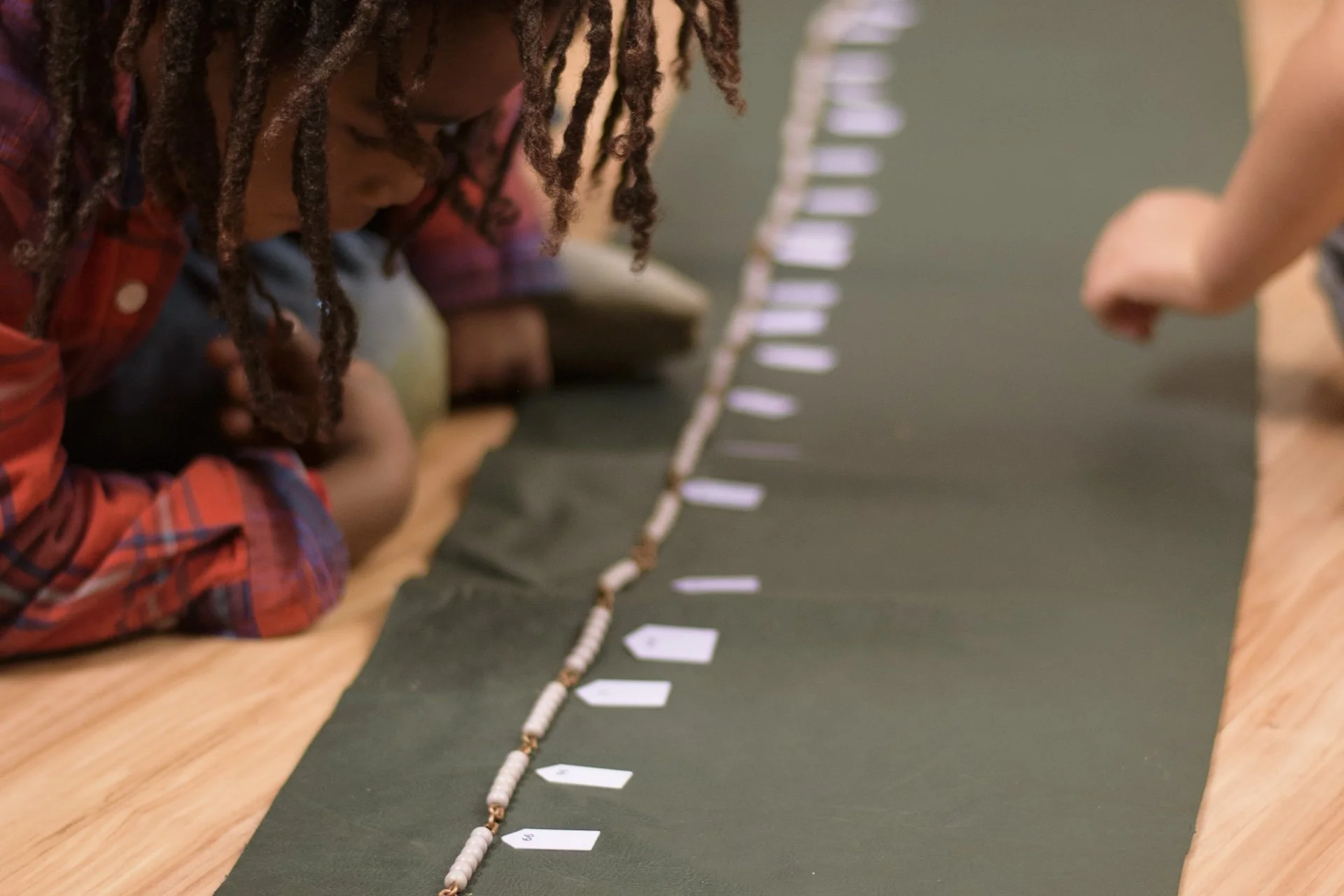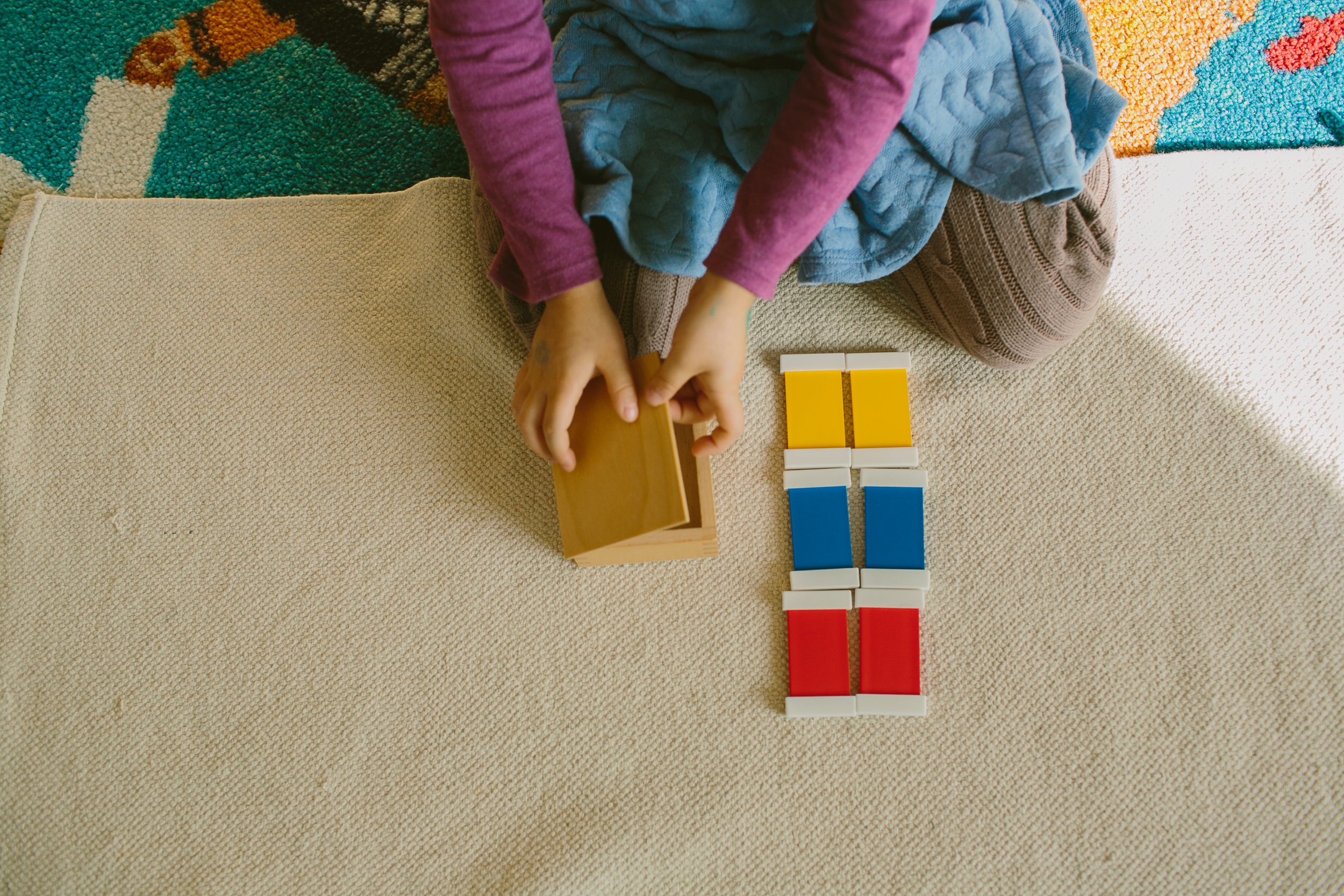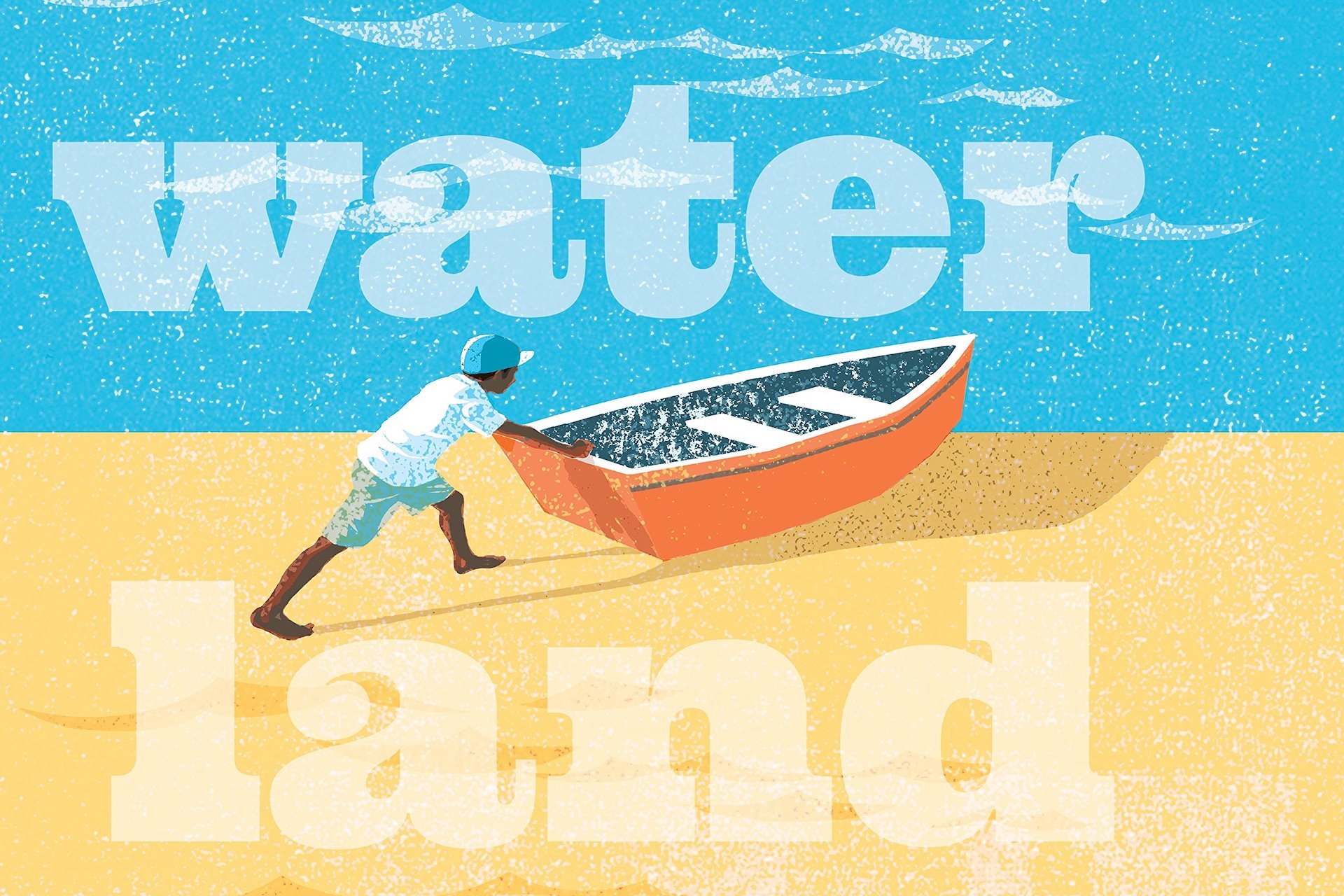As we adapt, learn, and exist in the world, we rely upon unconscious, innate drives that help us orient, explore, work, order, calculate, imagine, abstract, communicate, repeat, and self-perfect. In Montessori we call these “human tendencies” and we take care to observe how these tendencies show up in different ways at different stages of development.
As young people enter adolescence, it becomes even more critical for us to consider how these aspects of being human show up. When we recognize these internal drives, we can better ensure that we are effectively supporting adolescents’ process of self-construction during a vulnerable and dynamic time in their lives.
So, let’s take a look at each human tendency and consider how to support adolescents’ characteristics and needs.
Orientation
During adolescence, young people need to orient themselves to their new bodies and the new ways their brains are functioning. Sometimes adolescents don’t even quite know who they are from one moment to the next. This can be easily seen in those times when adolescents swing from child-like behavior to adult-like behavior. They also need to orient to a different learning environment, including understanding the new adults in their lives, as well as a new social/peer community. They are trying to figure out boundaries: of their space, their body, and their minds.
As a result, adolescents need orientation to rules and responsibilities. In Montessori adolescent programs, adults support this orientation by providing time and space for training and introduction. When starting a new skill, introducing a new concept, or even starting a new school year, adolescent guides are sensitive to the orientation process that needs to happen and also to the fact that adolescents’ executive function skills are still developing.
Exploration
Adolescents are also navigating issues of their own identity and exploring how they feel comfortable in their world. This normal, developmentally appropriate process can lead to a great deal of creative exploration. They will often want to try on new kinds of self-expression, sometimes through physical presentations such as the fashions and hairstyles they choose or create for themselves.
During adolescence, young people may also explore (or continue exploration of) where they are on the gender spectrum. They seek safe, judgment-free settings in which to see how it feels to be identified in different ways. As a result, they need supportive adults through this dynamic process of identity development.
Adolescents are also exploring new capabilities and their own bodies. They want (and neurologically need) to take risks. Adolescent guides provide opportunities for healthy risk-taking, perhaps through a ropes course, a backpacking trip, or even through big physical expressions, while also being sensitive to the physical and psychological disequilibrium that can happen when adolescents are re-orienting and exploring who they are and what is possible.
Work
This exploration of what is possible connects to adolescents’ ability to engage in really hard work. If they feel connected to the purpose of the work, if it has personal or social value, they can take on big incredible tasks. When they feel this connection, adolescents will easily take on a challenge, even something as monumental as moving a whole building, and do so with vigor. If they have an investment in the activity, they will work relentlessly to see that it happens.
Adolescent guides support these experiences of purposeful work that has a real impact. This often means working side-by-side with adolescents to get the work started and to help them find a connection to why the work is important. Sharing their own passion for the work is another way adults can support adolescents’ engagement. Likewise, adolescents can dig into hard intellectual work, again if it has meaning and purpose for them and their social group.
Imagination & Abstraction
Often adolescents’ imagination will aid them in the process of big work. Undaunted by limits, they can imagine better, more innovative ways to get something done. To support this, adolescent guides allow room for failure and mistakes, so that adolescents can experiment and learn from the process. Adults can also allow adolescents room for putting what they imagine into action, rather than focusing on an adult agenda or needing to move things along more efficiently. Adolescents’ ability to think abstractly can help in this process of creating new possibilities.
Adolescents are abstracting patterns and social norms. They are able to start thinking about their own thinking (metacognition). Adolescent guides offer opportunities to connect these new abilities to intellectual pursuits. This can also be an amazing time for adolescents to explore forms of self-expression and appreciate the abstractions that can be found in forms of art. Often adolescents are even creating their own form of language or social norms with their peers.
Adolescents’ imagination can also manifest itself in their focus on what others may think of them. This tendency to think there is an “imaginary audience” watching them all the time or to imagine that they are center stage in an experience, can be challenging for young adolescents. Adolescent guides offer opportunities for adolescents to experience and understand different perspectives, while also considering how sensitive adolescents can be in moments of feeling like the spotlight is on them or that they are misunderstood.
Order
Although adolescents may not seem like they need order, they still need the consistency of routines and order in their environment. They benefit from having all the tools back where they belong at the end of their work: the kitchen utensils back in the correct drawer and school items back in their storage space. How that space or drawer looks may not be completely ordered, but adolescents will experience the value of being able to access kitchen tongs when they need tongs!
Similar to how toddlers need the comfort and order of a regular routine, adolescents also need to rely on an ordered schedule, especially when so much is changing for them internally. It’s worth noting that adolescents might have a completely messy and disorderly room, but then will go through a period of redefining themselves and creating a space that matches a new persona they want to convey.
Repetition, Self-Perfection, & Calculation
The tendency for repetition or exactness can often be seen in adolescents’ desire to play the same guitar chord over and over or to jump up and touch the door frame each time they pass through. They are experiencing new abilities and being able to repeat and make those
abilities more precise can really appeal to them. This also relates to the tendency to self-perfect. Adolescents want to perfect that one move to sink the basketball into the net. They want to get the drawing of a character or a face just right. They may also need to repeat or perfect a way of connecting to their social group–a joke that the group bonds over, a funny dance move, a line from a movie–and this repetition reinforces that they belong to the group. They are also calculating constantly: where do I fit in, how do the connections through social media accounts show my status in the social hierarchy, how can I fine-tune my appearance to convey changes in my identity?
Association & Communication
The need for association and communication is paramount for adolescents. They want and need to learn in association and communication with their peers. They work things out together and need to debate and discuss. Adolescent guides provide healthy opportunities for this through seminars or Socratic dialogue, so adolescents can learn how to listen respectfully, hear others’ perspectives, and communicate their own thoughts. Adolescent guides also honor adolescents’ need to connect with others, being sensitive to the constant talking that often needs to happen for adolescents to work through ideas or feel connected to their peers.
Ultimately, adolescent guides are observing for these tendencies so they can make sure the learning environment matches adolescents’ social, emotional, moral, and physical needs and characteristics during this critical time in their development.
Let us know if you’d like to learn more about how our program helps young people on their journey to adulthood!







